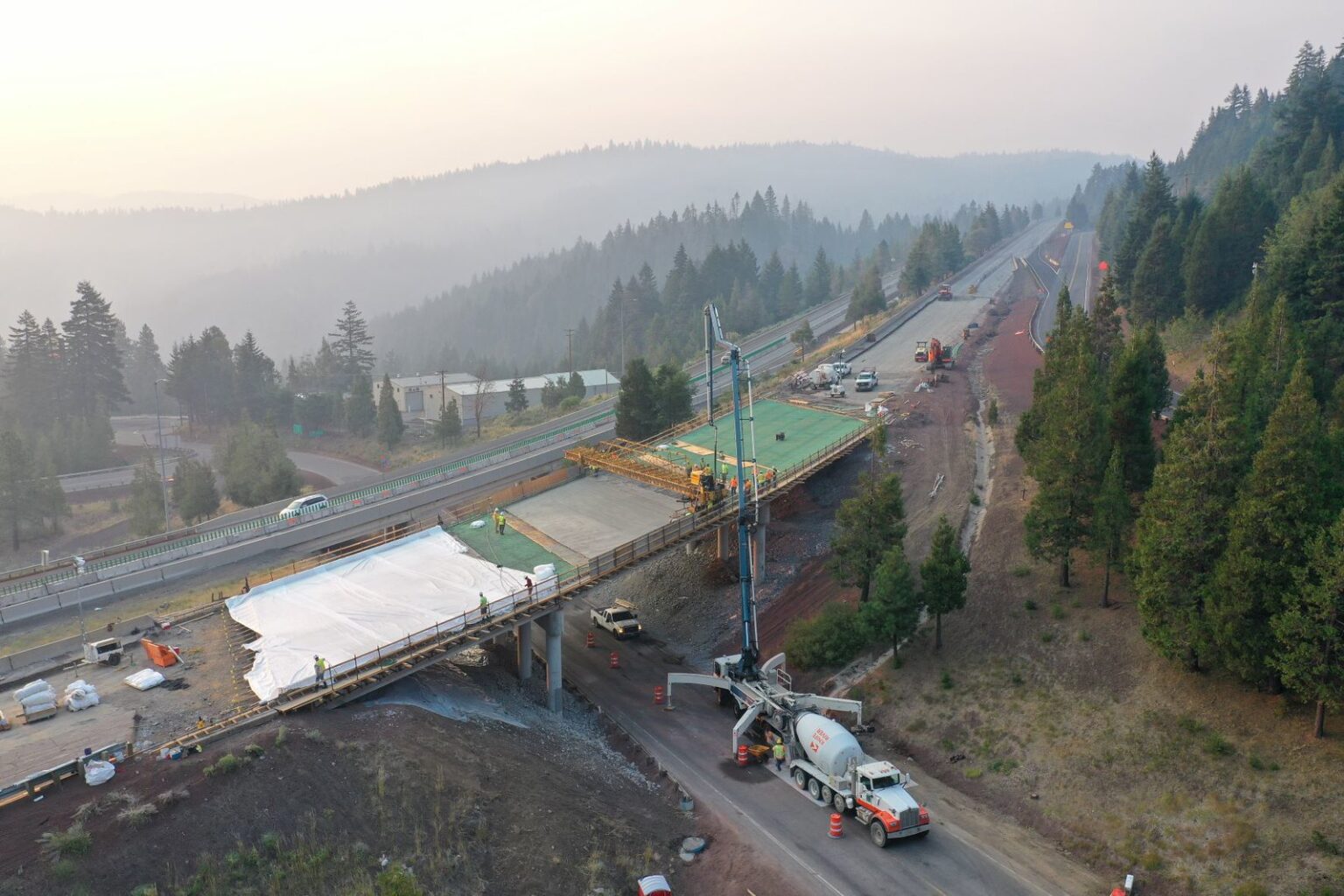Capital Chatter: Oregon’s economic crystal ball is coming soon
Published 5:54 pm Thursday, March 31, 2022

- capital chatter logo
The Oregon Legislature this year came close to allowing self-serve gasoline. Perhaps it’s also time to repeal the state law that each city intersection in Oregon have at least one coffee shop.
OK, that’s the extent of my April Fools’ jokes. On further reflection, however, marijuana dispensaries appear to have overtaken coffee dispensaries in Salem. Maybe I should have used pot shops in the mock law.
Now, back to real-life politics. You might have noticed recently that your friendly neighborhood legislative candidates have been announcing campaign events to attract support and discuss issues. As part of election season, here are two Capitol issues worthy of discussion: state revenues and legislative technology.
Money: How much and where to spend
Legislative candidates make plenty of promises about what they’ll do if elected, from bolstering state police to enhancing environmental regulation. Where, in real life, will the money actually come from? (Of course, legislators also must get a majority of their colleagues and the governor to support their ideas.)
Circle the date of May 18 – the day after the primary election – on your crystal ball. That’s when state economists will release their next forecast of how the Oregon economy and state revenues are faring. The quarterly forecasts, along with any tax changes created by a new Legislature, are the foundations on which the governor and lawmakers build the state’s two-year budget.
The Democrat-controlled 2022 Legislature embraced the economists’ previous predictions of rising revenues and spent heavily, particularly on one-time items. However, budgets tend to expand regardless of which party holds power. What differs is where and how they would spend the money.
When Salem Republican Gene Derfler was Senate majority leader and then Senate president 20 years ago, he was frustrated by such spending and asked the local newspaper editorial board to help rein in his GOP colleagues.
Democratic House Speaker Dan Rayfield of Corvallis noted this year that Republican lawmakers had an overabundance of ideas for spending on rural projects. “You’d think that Republicans would be under budget. But, boy, they came in way over budget,” he said in February.
Meanwhile, inflation is hitting government as it is businesses, nonprofits and consumers. Wildfire season and associated costs remain unpredictable. So too is the pandemic, though it’s easing – at least for now. And as always, state government faces assorted lawsuits, some potentially with hefty price tags.
Long-term indicators suggest budget belt-tightening the future. Legislators this year added to budget reserves. Should they have done more?
Technology: Help or hindrance
Senate Majority Leader Rob Wagner, D-Lake Oswego, was a legislative aide in the 1990s. He worked for a representative who told staff to respond only to paper letters, not emails. Times certainly have changed, Wagner said, and legislative staffs are much better now.
Technology has partially evened the participation gap between Portland-Salem-Eugene and the rest of Oregon. With legislative hearings held by video conference and phone, Oregonians can participate from anywhere. They no longer must drive to Salem, wait to hear whether their name is called to testify and, if not, drive back on another day or else give up.
People can respond almost instantly as developments unfold.
But the blessing of technology also is a curse. Video meetings are sterile, lacking the visual cues to how lawmakers and the audience are reacting. Internet or phone connections fail, especially in rural areas with unreliable service. There seems to be even less engagement between people testifying and committee members than in face-to-face meetings.
Anyone can fire off an email to a legislator or committee with less time – and thought – than required for an old-fashioned typed or handwritten letter. There is little buffer.
For controversial legislation, written testimony accumulates at such a rate that one wonders whether much of it ever is read by legislators.
Within the Capitol, technology too often is talked about as good or bad. It is neither. The issue is how it is employed – and whether it’s overpromised and underdelivered.
The continuing question for legislators, individually and collectively, is how technology can expand accessibility, transparency and interaction while not replacing face-to-face contact and traditional cordial communication.





